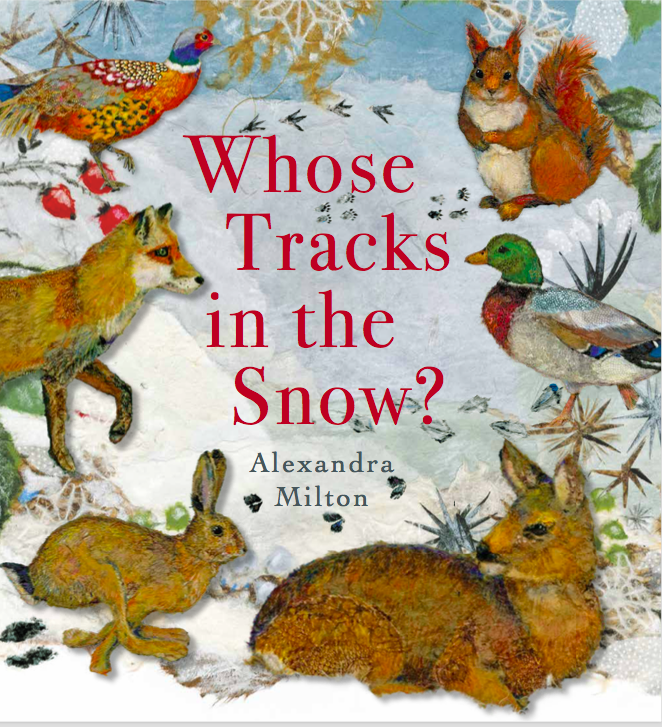“Celebrating all that is to be marvelled at in the natural world”
Alexandra Milton is an artist and illustrator.
Her chosen media is collage. She has developed a unique artistic style, collecting paper from around the world which she tears and weaves into a multitude of layers to represent animals, birds and plants.
Born in Paris, Alexandra grew up watching her father, the distinguished German-born watercolour artist Wolfram (Aichele), at work. His teaching, together with his personal style and subtle use of colour, have been crucial to her artistic development.
Visits to the studio of her artist grandfather Erwin Aichele have also influenced Alexandra’s work: among her most vivid childhood memories are the birds in their aviaries, the studio filled with stuffed animals and the smell of turpentine.
It is from Erwin that Alexandra inherited the urge to capture in colour and shape the beauty of the animal world.
The story of both artists is described in the book: Wolfram, the boy who went to war by Giles Milton (Hodder&Stoughton).
Alexandra’s work was first exhibited in 2009 in Germany when she participated in a major exhibition of the works of her grandfather, father, her brother, the jeweller Benedikt Aichele, and four of her cousins : artists, jewellers, photographers and illustrators.
She was then represented by the Rebecca Hossack gallery, London who has shown her work throughout the world and taken it to in major international fairs.
Alexandra now lives in London with her husband, the writer Giles Milton, and her daughters.
Alexandra has illustrated four children’s books: Call Me Gorgeous which was nominated for the Kate Greenaway Medal 2010. It was also selected as a Bookstart title, 2010, and Bookbuzz title, 2012.
Good Luck Baby Owls ,“Who is in the Egg?” which has been published in several languages and most recently “Whose Tracks in the snow?”
Her pictures belong to a long tradition of art that celebrates the diversity of the animal world.
She draws inspiration from a wide variety of sources: medieval bestiaries, Chinese scroll paintings, Indian Tree of life wall hangings, Islamic Iznik tiles, Victorian dome jar bird displays and the works of natural history artists such as John White and Sarah Stone.





